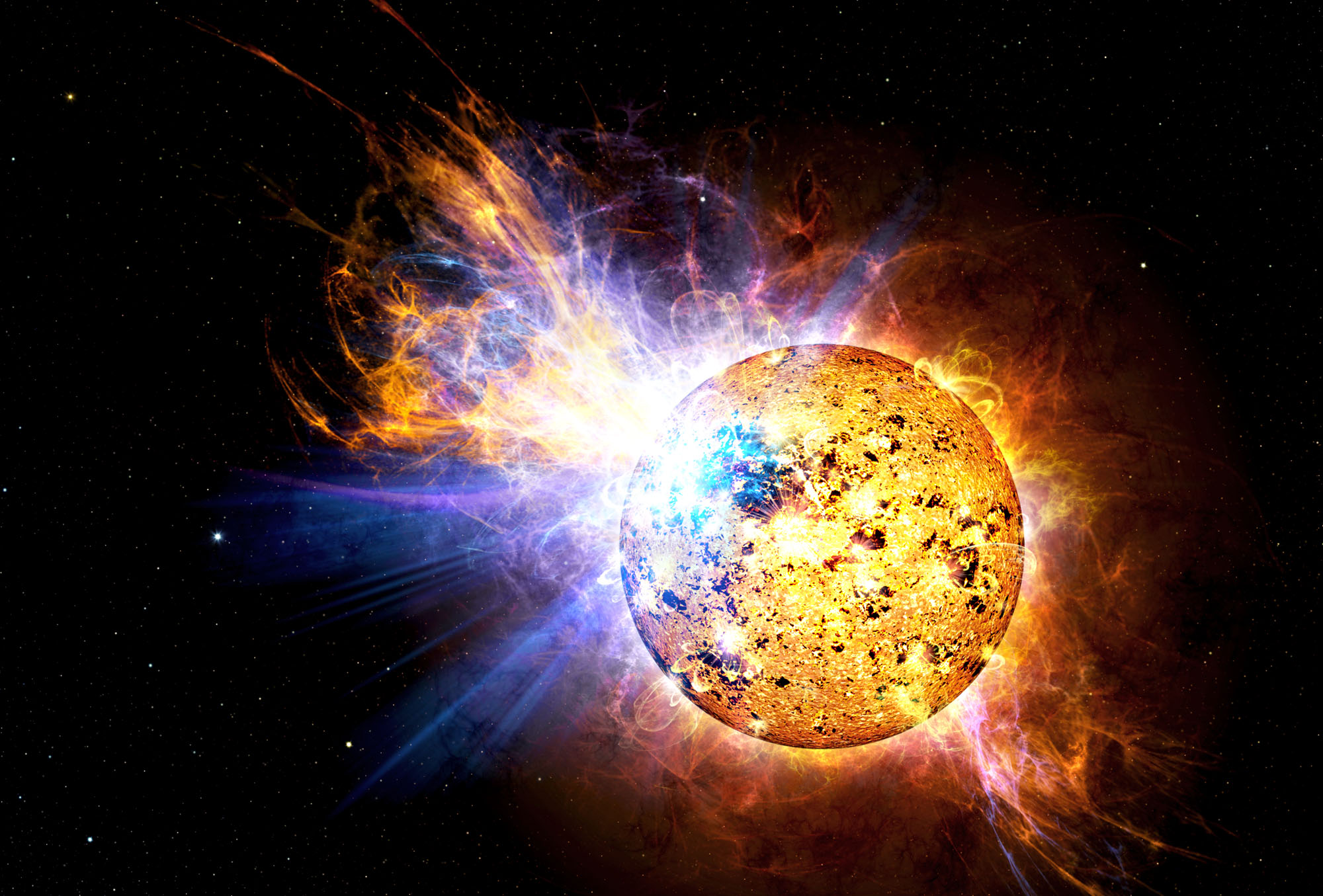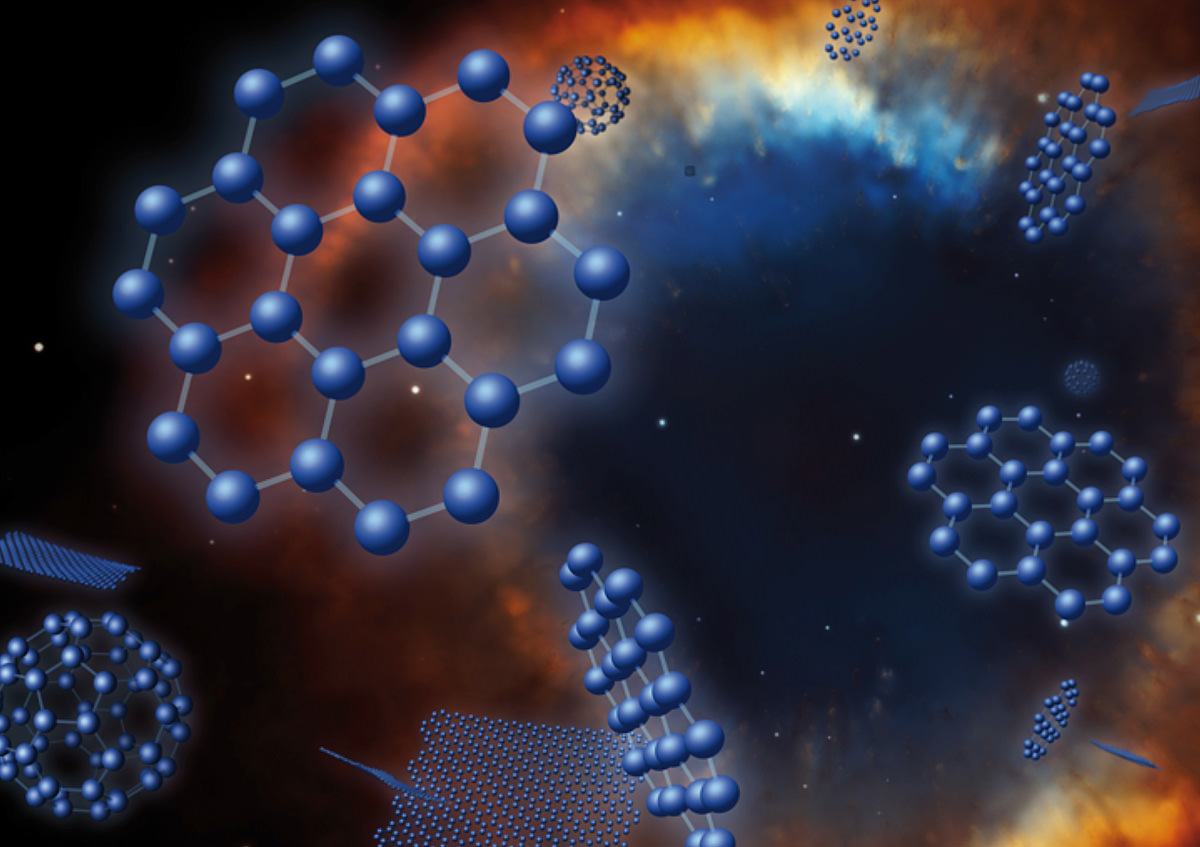That ‘Old Faithful’ of meteor showers the Perseids peak early next week.
Great ready for one of the surefire astronomical events of 2024, as the peak for the Perseid meteors arrives next week.
To be sure, the Perseids aren’t the most intense annual meteor shower of the year; in the first half of the 20th century, that title now goes to the December Geminids. What the Perseids do have going for them is timing: they typically arrive in early August, before the academic year starts and during prime camping season, which finds lots of folks out under warm summer skies.
Continue reading “2024 Perseids Light Up the August Sky”









